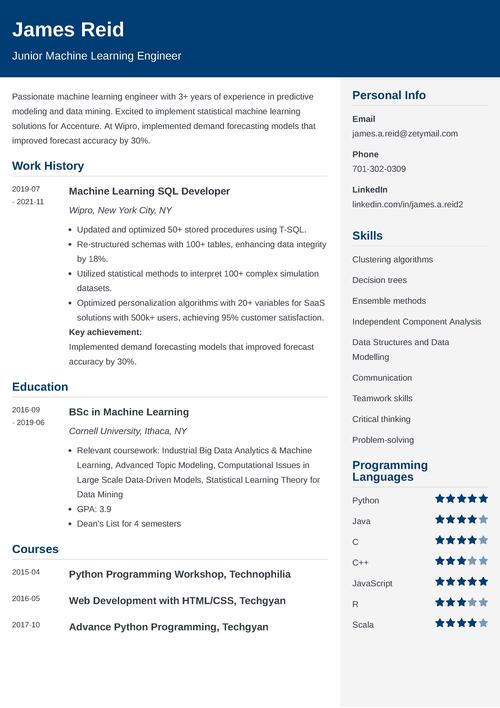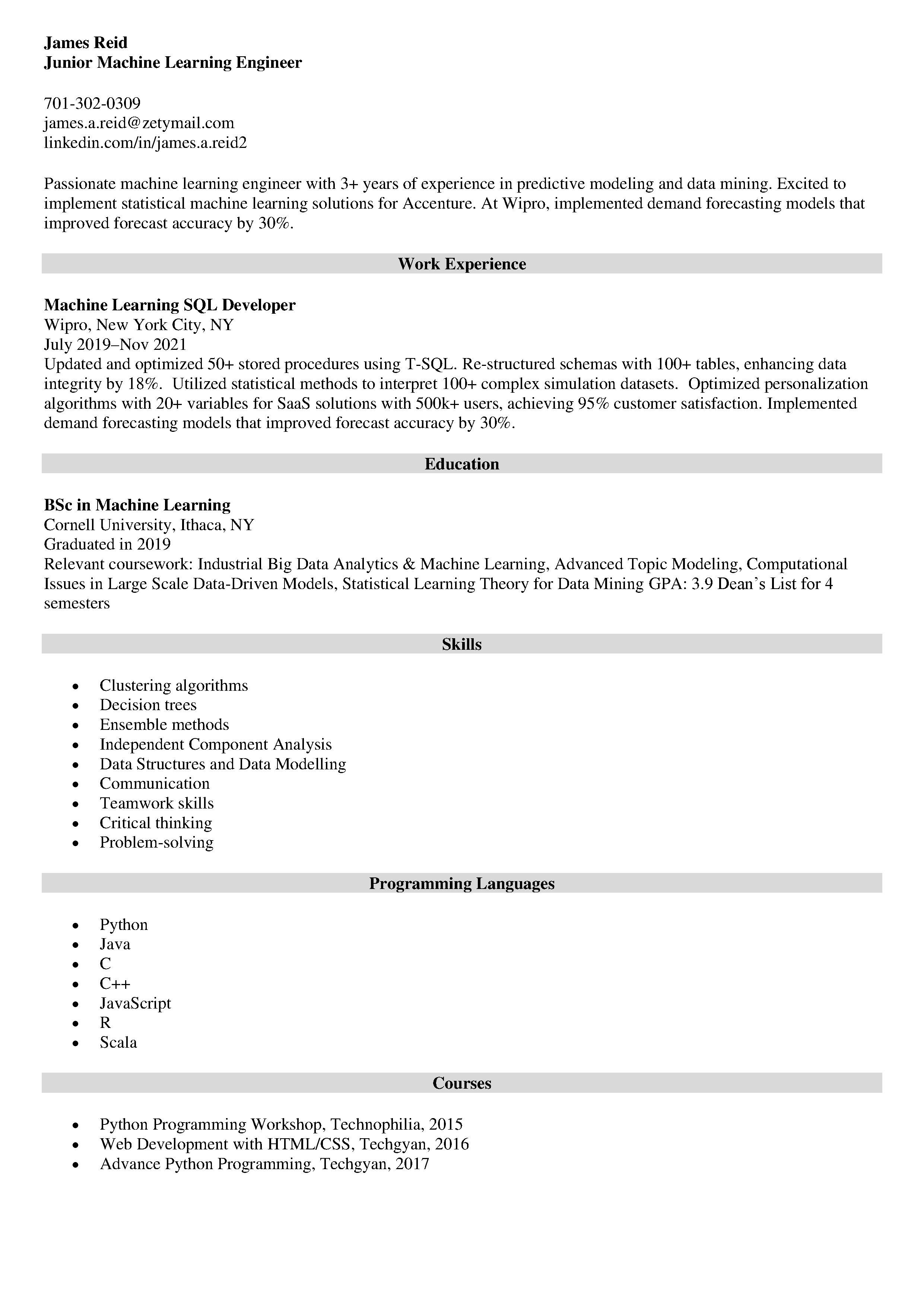In today’s competitive job market, standing out can feel like an uphill battle. One effective way to enhance your resume is by incorporating your LinkedIn profile. A solid LinkedIn presence not only showcases your professional journey but also provides employers with a more comprehensive view of your skills, endorsements, and connections. Let’s dive into the reasons why adding your
Why Include Your LinkedIn Profile?

Including your LinkedIn profile on your resume is like giving a spruced-up version of yourself to potential employers. Here’s why it’s a game changer:
- Showcases Your Professional Network: Your LinkedIn profile reflects your connections within your industry. Employers often appreciate seeing that you are engaged in your field and have built relationships with professionals. This suggests you’re a team player and can leverage these connections for the benefit of the organization.
- Complete Overview of Your Experience: Your resume is limited in space, while your LinkedIn profile can go in-depth. Highlight your projects, achievements, and even your volunteer work. This richness of detail tells the story of your professional life better than a bullet-pointed resume ever could.
- Endorsements and Recommendations: LinkedIn allows peers and supervisors to endorse your skills and write recommendations. This third-party validation adds credibility to your claims. It’s one thing to say you’re skilled at something; it’s another when co-workers back it up!
- Up-to-Date Information: Unlike your printed resume, you can easily keep your LinkedIn profile updated with the latest information. Employers appreciate current data, and including your profile offers them easy access to your most recent accomplishments.
- Search Optimization: Recruiters often use LinkedIn’s search features to find candidates. By including your profile link, you increase your chances of being discovered for job opportunities that match your skills and qualifications.
Incorporating your LinkedIn profile into your resume can significantly elevate your job application, making it a vital addition to consider. So, don’t miss out on this opportunity to enhance your professional image!
Steps to Add Your LinkedIn Profile

Adding your LinkedIn profile to your resume might seem like a small detail, but it can make a big difference in how potential employers view your professional presence. Here’s how to do it effectively:
- Update Your LinkedIn Profile: Before you link your profile, ensure it's updated. This includes your current job, skills, endorsements, and a professional photo. Think of your LinkedIn profile as an extension of your resume—make it shine!
- Choose the Right Placement: Decide where to place the link on your resume. Common positions are at the top near your name and contact details or at the bottom under a "Links" or "Contact Information" section.
- Create a Shortened URL: Instead of using the generic LinkedIn link, customize your URL to make it look cleaner. You can do this in the settings of your LinkedIn account. This can make your profile easier to remember and look more professional.
- Include a Direct Link: Make sure to include a clickable link if you’re sending your resume electronically. You can also use a QR code that directs to your LinkedIn profile for those who prefer using their smartphones.
- Use Keywords: If you're including your LinkedIn URL in your resume summary or skills section, mention how it further details your experiences or showcases your portfolio.
By following these steps, you’ll create a seamless connection between your resume and your online professional presence, enhancing your chances of standing out in a competitive job market.
Formatting Tips for Your Resume
Your resume is often your first impression in the job market, and formatting plays a crucial role in that impression. Here are some handy tips to ensure your resume looks as polished as your professional experience:
- Stick to Clean Fonts: Use simple and professional fonts like Arial, Calibri, or Times New Roman. Avoid overly stylized fonts that can distract from your content.
- Maintain Consistency: Ensure that your font size, bullet points, and spacing are uniform throughout. This makes your resume easier to read and gives it a cohesive look.
- Utilize White Space: Don’t overcrowd your resume. Leave enough space between sections and around the edges to make it visually appealing. A clean layout can make reading easier for hiring managers.
- Use Bullet Points: When describing your experiences and skills, bullet points are more reader-friendly than long paragraphs. They help the reader quickly grasp your achievements and qualifications.
- Incorporate Headings and Subheadings: Clearly label each section of your resume (like Experience, Education, Skills) with bold headings. This organization allows hiring managers to find relevant information quickly.
- Align Text Properly: Use left alignment for easy reading. Save center-aligned text for your name and contact information at the top of the document.
By applying these formatting tips, you’ll craft a resume that not only represents your professional history but is also easy on the eyes—making it more likely to catch the attention of potential employers!
Best Practices for LinkedIn Profiles
Creating an outstanding LinkedIn profile is essential if you want to stand out in today’s job market. Here are some best practices to help you optimize your profile:
- Add a Professional Photo: A friendly, high-quality headshot helps create a good first impression. Avoid casual pictures or group photos.
- Craft a Compelling Headline: Your headline appears under your name and provides a quick glimpse of your expertise. Instead of just your job title, consider including your skills or what you bring to the table.
- Write a Strong Summary: Your summary is your opportunity to tell your story. Use it to highlight your career journey, skills, and achievements. Aim for around 3-5 paragraphs, keeping it professional yet personable.
- Showcase Your Experience: List your past roles and responsibilities in a clear format. Use bullet points for easy reading and ensure you emphasize quantifiable achievements to demonstrate your impact.
- Highlight Your Skills: Make sure to include all relevant skills, especially those mentioned in job postings you’re interested in. LinkedIn allows other users to endorse your skills, bolstering your credibility.
- Engage with Content: Share and comment on articles in your industry to showcase your knowledge and keep your profile active. This also helps you connect with professionals in your field.
- Seek Recommendations: Ask colleagues or supervisors for written recommendations. A strong endorsement can significantly enhance your profile’s impact.
By implementing these best practices, you'll not only enhance your LinkedIn profile but also increase your chances of catching a hiring manager's eye.
Examples of Effective Resume Integrations
Integrating your LinkedIn profile into your resume can add a valuable layer to your application. Here are a few effective approaches to do this:
| Method | Details |
|---|---|
| Include a Hyperlink | In your resume header, you can hyperlink your name to your LinkedIn profile. This allows potential employers to view more detailed information about you effortlessly. |
| Add a Section | Create a section titled “LinkedIn Profile” right below your contact information. Simply format it as “LinkedIn: [Your URL]”. This makes it easy to find. |
| QR Code | Create a QR code that links directly to your LinkedIn profile and place it on your resume. This modern touch can intrigue tech-savvy employers. |
| Highlight Key Projects | If you've completed significant projects showcased on LinkedIn, mention them in your resume and cross-reference them with links to detailed descriptions on LinkedIn. |
Remember, the goal is to provide potential employers with easy access to more detailed information about your skills and experience. A well-integrated LinkedIn profile not only enhances your resume but also demonstrates your professionalism and tech-savviness.
Enhance Your Resume by Adding Your LinkedIn Profile
In today's digital age, a well-crafted resume is essential for career advancement. One of the most effective ways to enhance your resume is by integrating your LinkedIn profile. This platform not only showcases your professional history but also allows you to present a comprehensive picture of your skills, experiences, and endorsements. Here are several reasons why adding your LinkedIn profile can boost your resume:
- Comprehensive Overview: Your LinkedIn profile can include details that often do not fit into a traditional resume, such as recommendations from colleagues, project descriptions, and volunteer experiences.
- Searchability: Many recruiters use LinkedIn to find candidates. By including your profile link, you make it easier for hiring managers to find and learn more about you.
- Professional Networking: A LinkedIn profile opens doors to networking opportunities, allowing potential employers to see your connections and mutual acquaintances.
- Skill Endorsements: Your profile allows others to endorse your skills, providing social proof of your capabilities which can set you apart from other candidates.
When adding your LinkedIn profile to your resume, consider using a clean, shortened URL to maintain professionalism. Here’s a table with tips for effectively incorporating your LinkedIn link:
| Tip | Description |
|---|---|
| Link Placement | Include your LinkedIn URL near your name and contact information at the top of your resume. |
| URL Shortening | Use a URL shortener to create a concise, memorable link. |
| Profile Completeness | Ensure your LinkedIn profile is up-to-date and reflects the information on your resume. |
By effectively adding your LinkedIn profile to your resume, you transition from a static document to a dynamic representation of your professional brand, enhancing your chances for career success.
 admin
admin








